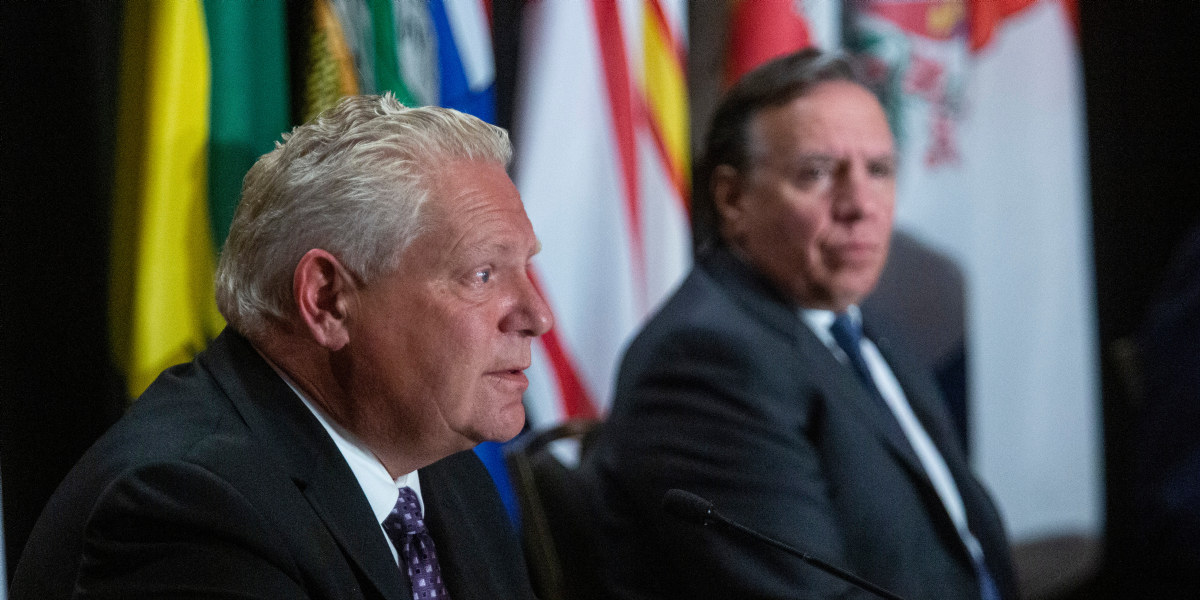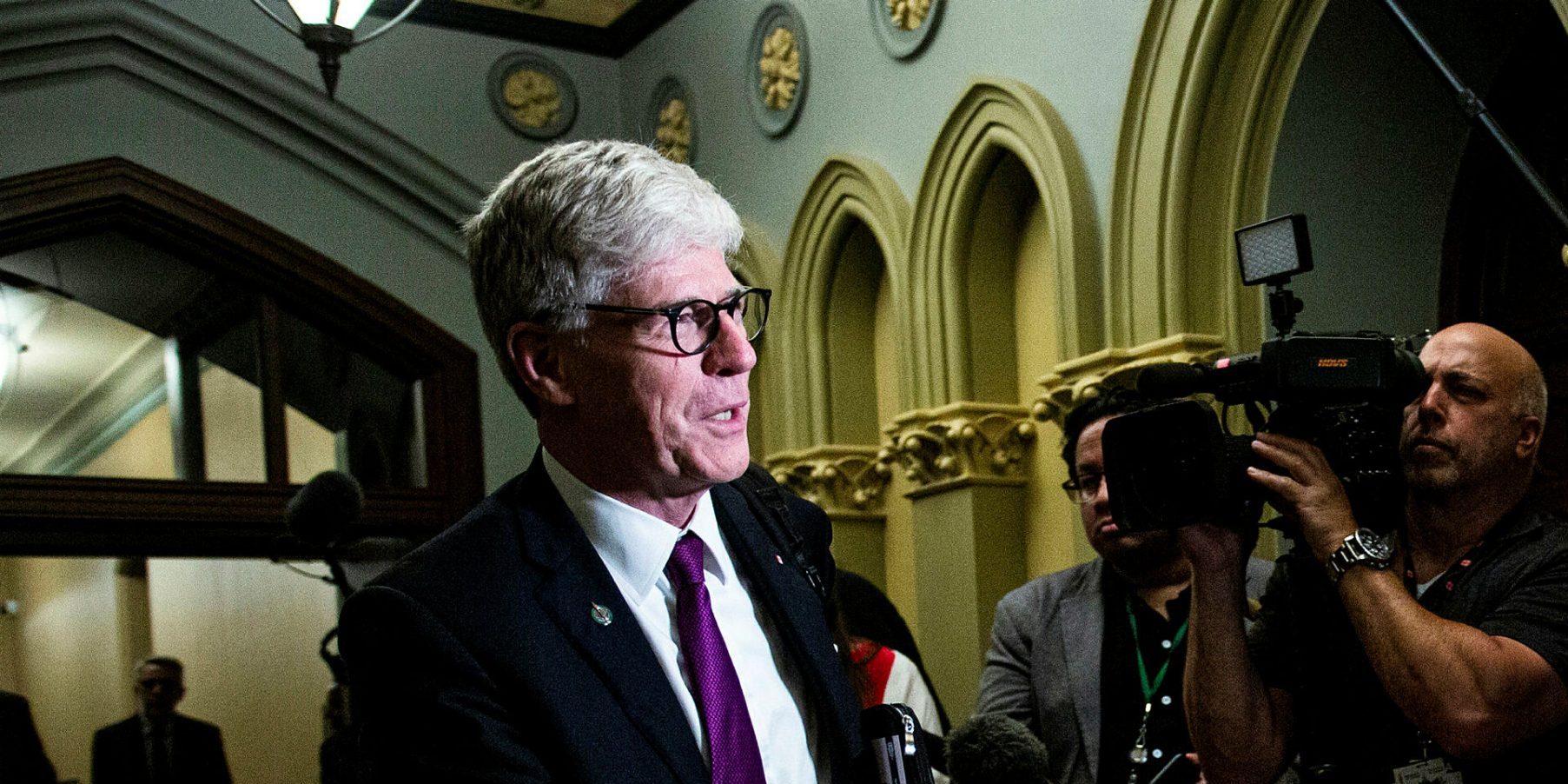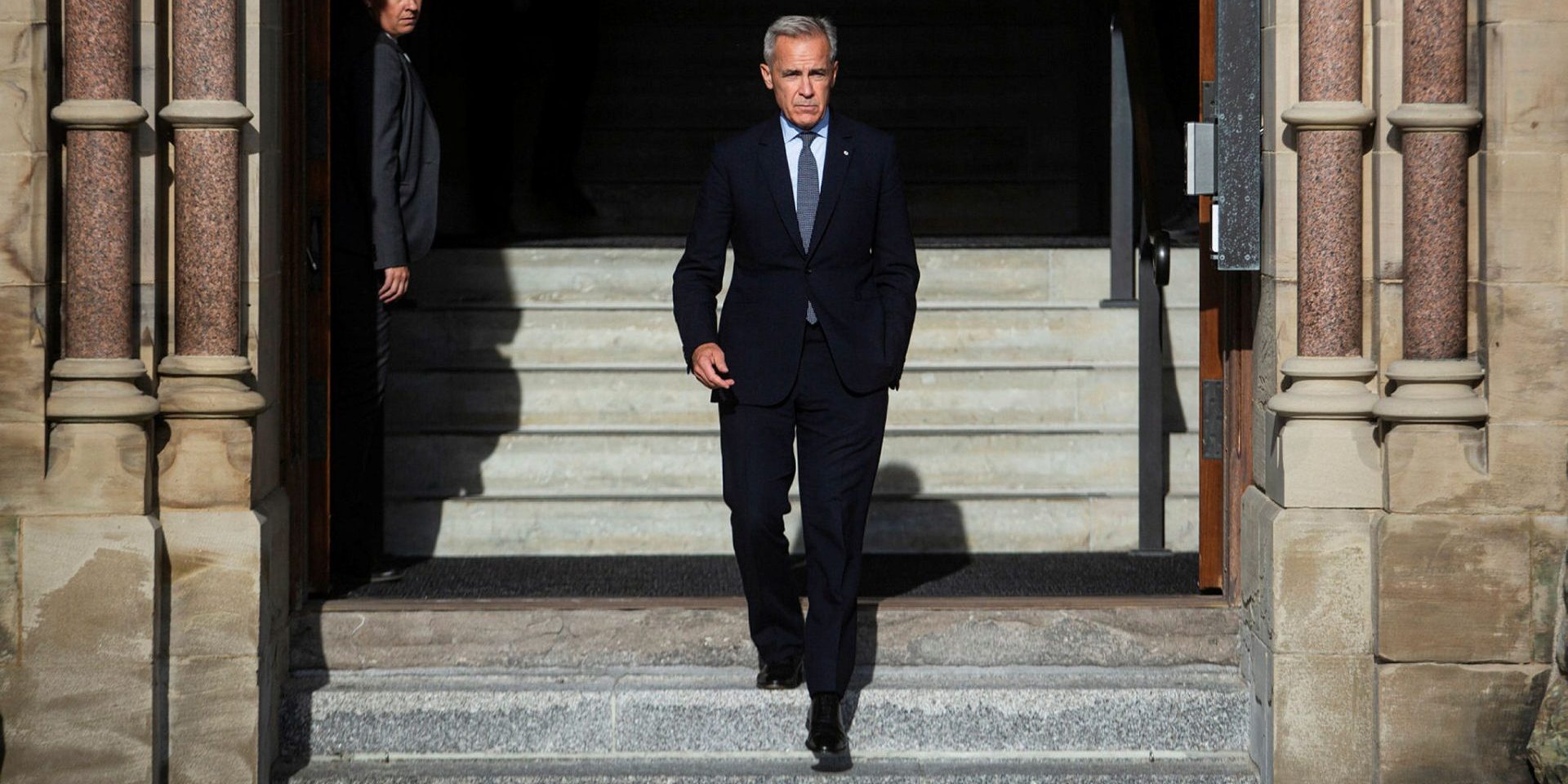The notwithstanding clause has long passed its best-before date

KAMOURASKA, QUE.—“An abject failure.”
These were the words Pierre Elliott Trudeau used to describe the new Constitution and the Charter of Rights and Freedoms, when asked for an assessment by reporters in November of 1982. He did not elaborate, but many experts speculate it was the inclusion of Section 33, the notwithstanding clause, which offended Trudeau.
The clause, which reads in part, “Parliament or the legislature of a province may expressly declare … that (an) Act or a provision thereof shall operate notwithstanding a provision included in Section 2 or Sections 7 to 15.”
Section 2 is known as the “fundamental freedoms” clause, as it encapsulates freedom of expression, religion, thought, peaceful assembly, and association.
Sections 7 to 14 take in individual legal rights, such as life, liberty, and security of the person, while Section 15 prohibits certain forms of discrimination.
Taken together, these sections are a powerful bulwark against abuse of power. However, in 1982, Alberta premier Peter Lougheed and Manitoba’s Sterling Lyon would not sign the new Constitution unless provinces could avail themselves of a “safety valve” to ensure legislatures remained supreme. There was a fear the courts would overturn provincial legislation and undermine their authority.
Jean Chrétien, who was justice minister and Trudeau’s point man on the Constitution, worked out a deal that included the notwithstanding clause. The one restraint was the clause’s validity was limited to five years and had to be renewed.
It came to be known as the “nuclear option,” to be applied in the most extreme of circumstances. When it was invoked in 1988 by the Quebec government of Robert Bourassa in response to a Supreme Court judgment on bilingual signs, the backlash resulted in the eventual failure of the Meech Lake Accord. Five years later, in 1993, the Quebec government quietly rescinded its use.
Fast forward to today, and the cavalier invocation of Section 33 in Quebec’s “secularism law,” Bill 21, which prevents the wearing of religious attire (hijabs, turbans, yarmulkes) in public service jobs. In his recent decision on the law, the judge complained he could not touch some of its more discriminatory aspects, because they were shielded by the notwithstanding clause.
And as a follow up, the CAQ government has promised to bubble wrap Bill 96, its new language legislation, with Section 33. The clause would cover every section of the bill if it becomes law.
The clause has once again taken Ontario Premier Doug Ford’s fancy. Having come close to using it to limit the number of council seats in Toronto a few years ago, he now wants to extend a limit on third-party advertising from six months to a year.
Every time Section 33 is used, the Charter is diminished. Bit by bit, cut by cut.
There may be a way to stop this nonsense. Section 1 of the Charter “guarantees the rights and freedoms set out in it subject only to such reasonable limits prescribed by law as can be demonstrably justified in a free and democratic society.”
The clause was meant to allow governments to restrain Charter rights, and is subject to a test of proportionality and the minimal impairment of rights. One could argue the arbitrary use of the notwithstanding clause is not a “reasonable limit” in a free and democratic society, and the impairment of rights is unacceptable.
In order for this idea to develop credibility, Canadians who support the Charter will have to speak up. For those who say all articles of the Constitution can be used, I note the power of disallowance still exists in the Constitution. This is Ottawa’s capacity to prevent a provincial bill from becoming law. But it has not been used since 1943, as it became obsolete.
In the United States, when new concepts of law emerge, there is open debate, and opinions develop, sometimes taking into account the 18th century drafters’ intent. In Canada, many of the people who were at the constitutional negotiations are still alive, and most are disgusted by the cavalier use of Section 33.
We need knowledgeable Canadians to speak out and urge justices to declare Section 33 null and void. It threatens the even application of the law, it undermines individual rights and freedom of expression, and it handcuffs the judiciary. It is time it was tossed into the dustbin of history.
Andrew Caddell is retired from Global Affairs Canada, where he was a senior policy adviser. He previously worked as an adviser to Liberal governments. He is a fellow with the Canadian Global Affairs Institute and a principal of QIT Canada. He can be reached at pipson52@hotmail.com.
The Hill Times






 LICENSING
LICENSING PODCAST
PODCAST ALERTS
ALERTS


